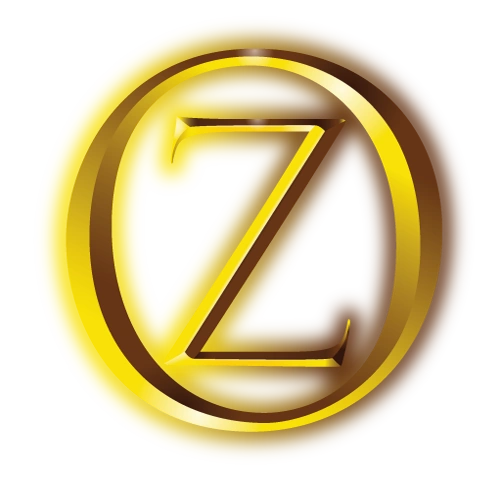The Copyright status of the Oz books affects their use by non-canonical authors, imitators, and creators of fan fiction.
All of the books of L. Frank Baum have passed out of copyright protection and entered the public domain; their plots and characters are available for general use. The Wonderful Wizard of Oz, first published in 1900, entered the public domain in 1956. The firm of Reilly and Lee, the publisher of all of the other "Famous Forty" Oz books, was able to issue its first edition of the original book only in that year. Baum's other thirteen Oz books entered the public domain between 1960 and 1995.
(Under the copyright law that prevailed through most of the twentieth century, copyrights of published works were valid for 28 years, with an option for renewal for another 28 years. U.S. copyright law was amended in 1976 and 1998; the period of copyright protection was extended, especially in the latter year.)
The situation is somewhat different for the works of Ruth Plumly Thompson; some of her works have entered the public domain, while others have not. Mark E. Haas ran into a copyright problem when he published his first Oz book, The Medicine Man of Oz, in 2000. He used the character Herby the Medicine Man from The Giant Horse of Oz (1928), which was (and is) still under copyright protection. Robin Hess's first Oz book, Toto and the Cats of Oz, remains unpublished because of similar copyright considerations.
Thompson's earliest books, The Royal Book of Oz (1921) and Kabumpo in Oz (1922), are in the public domain. A few of Thompson's later Oz books did not have their copyrights renewed, and so entered the public domain before her earlier books. This is true of her last five books in the "Famous Forty" being: The Wishing Horse of Oz (1935), Captain Salt in Oz (1936), Handy Mandy in Oz (1937), The Silver Princess in Oz (1938), and Ozoplaning with the Wizard of Oz (1939).
For the Thompson books which are still protected, the rights are held by the L. Frank Baum Family Trust. As books published with copyright notice (and later renewed) between 1923 and 1963 retain protection for a total of 95 years, and Thompson's remaining protected works were all published between the years 1923 and 1934, those works will enter the public domain beginning in 2019 (with The Cowardly Lion of Oz) and continuing with each successive book on an annual basis until 2030 (barring any further extensions of copyright).
The heirs of John R. Neill have maintained the copyrights on his three Oz books; they will be protected until 2036 (The Wonder City of Oz), 2037 (The Scalawagons of Oz), and 2038 (Lucky Bucky in Oz).
Jack Snow's two Oz novels, The Magical Mimics in Oz (1946) and The Shaggy Man of Oz (1949), did not have their copyrights renewed and have entered the public domain. Other Oz works are covered by copyright protection.
Reilly & Lee reprinted the Oz books many times without providing any dating or edition information other than the original copyright date, a fact that has bedeviled book collectors who have mistaken later editions for first editions. The company reprinted Baum's pre-1919 books with the "Reilly & Lee" imprint, instead of the "Reilly & Britton" imprint of the original editions, but with no other indication that the books were later editions.
Canadian editions (first and later) of the Oz books were issued by the firm Copp, Clark.
As a Wiki, we provide full text versions of both Oz books and others associated which are in the public domain.
Film rights
Samuel Goldwyn purchased the film rights to the first Oz book in 1933. He sold the rights to the MGM studio in 1938, enabling the studio to create the classic 1939 film. The film rights to Baum's other thirteen Oz books were purchased by Walt Disney in 1954 — which eventually resulted in the 1985 film Return to Oz and Oz the Great and Powerful though Walt had personally been trying to work on Rainbow Road to Oz which would have been released when all copyrights were still valid.
All of the silent films are in the public domain with The Wizard of Oz (1925) entering in 1954.
The 1939 film will enter the public domain in 2035, its long copyright holding by MGM and then Warner Bros had impacts on later Oz adaptations as Return to Oz had to pay to use the Ruby Slippers. Copyright experts made sure Oz the Great and Powerful was distinct from the film to be made and some merchandise for Legends of Oz: Dorothy's Return had to be examined.
Warner Bros. owning the exclusive rights has led to direct-to-dvd films Tom and Jerry & the Wizard of Oz along with its sequel Tom and Jerry: Back to Oz that are able to use tradmarked likenesses of the 1939 film's characters.
Copyright Issues
Using settings and characters while copyright is valid has led to some issues:
- The Blue Emperor of Oz
- The Laughing Dragon of Oz
- The Medicine Man of Oz
